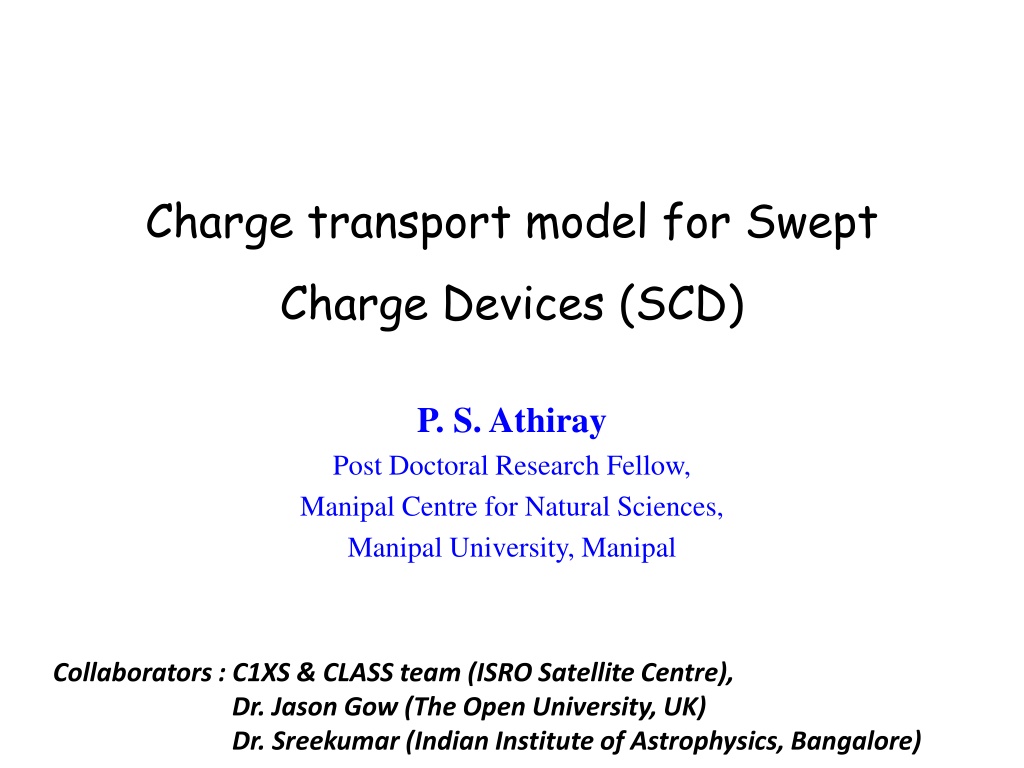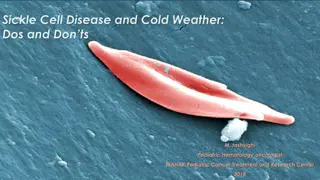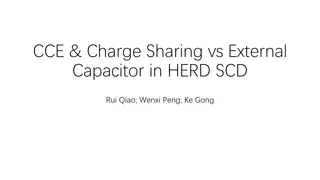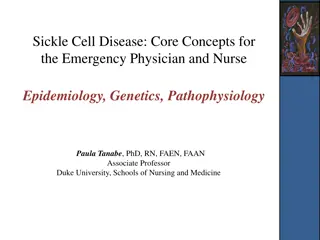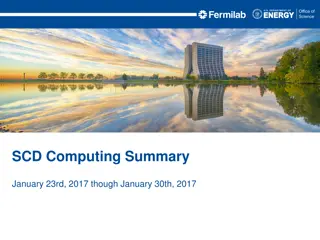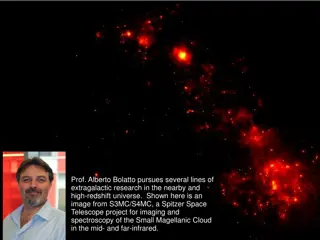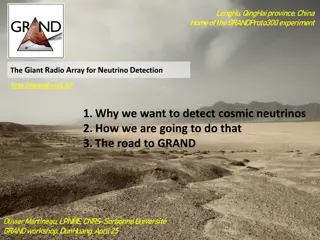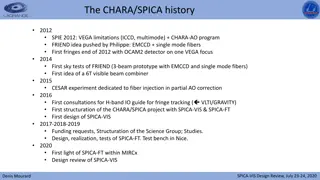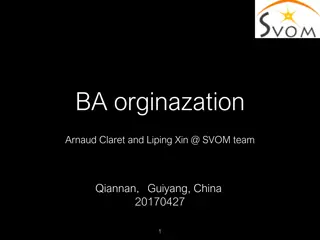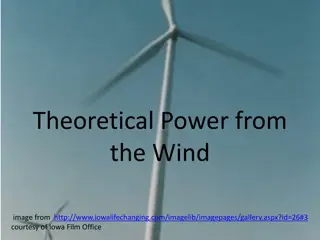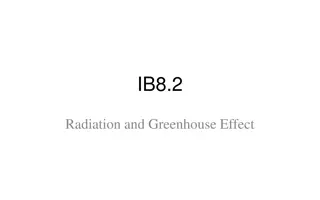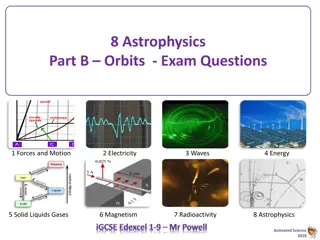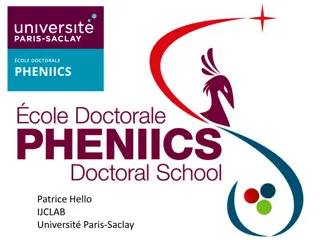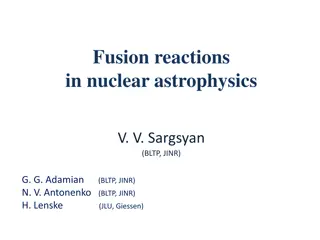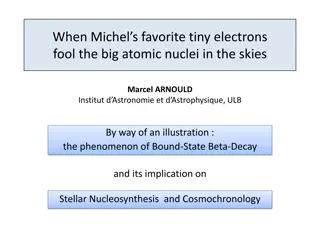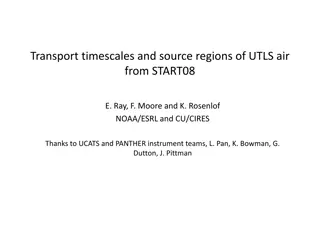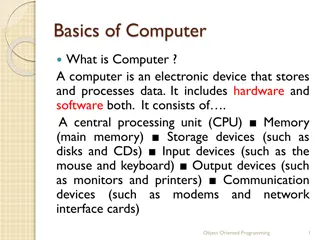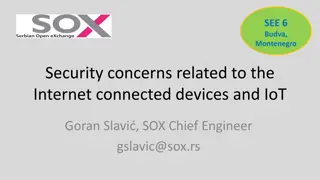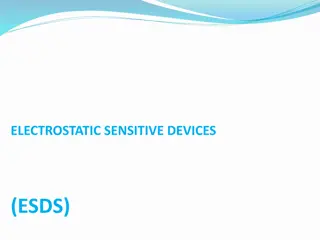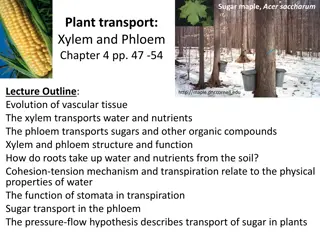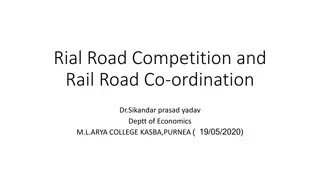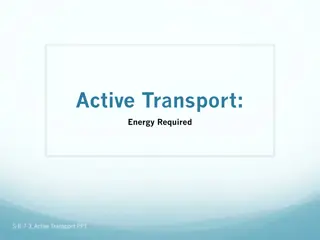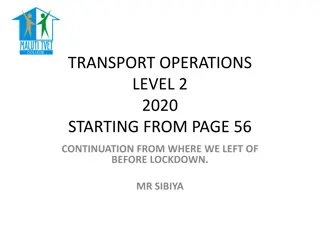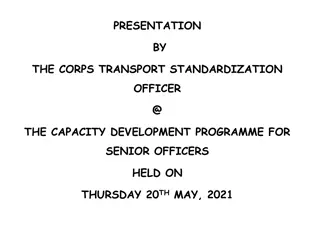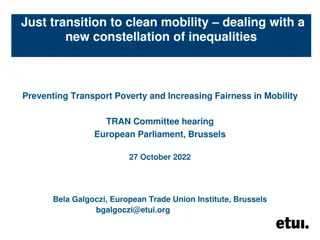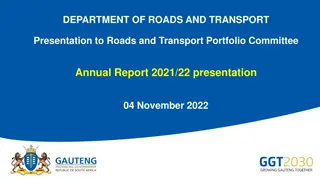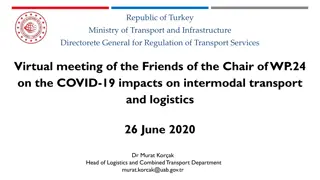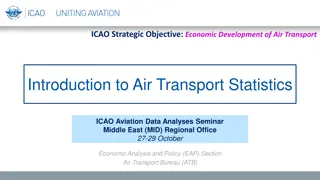Charge Transport Model for Swept Charge Devices (SCD) in Astrophysics Research
Exploring the charge transport model for Swept Charge Devices (SCD) in collaboration with various institutions like ISRO Satellite Centre and e2V technologies Ltd. The research aims to enhance spectral response, reduce uncertainties, and improve global lunar elemental mapping using advanced X-ray spectrometry. Insights from spectral redistribution function, charge transport simulations, and direct measurements from lunar surface contribute to the development of calibration methodologies for spaceborne instruments.
Download Presentation

Please find below an Image/Link to download the presentation.
The content on the website is provided AS IS for your information and personal use only. It may not be sold, licensed, or shared on other websites without obtaining consent from the author. Download presentation by click this link. If you encounter any issues during the download, it is possible that the publisher has removed the file from their server.
E N D
Presentation Transcript
Charge transport model for Swept Charge Devices (SCD) P. S. Athiray Post Doctoral Research Fellow, Manipal Centre for Natural Sciences, Manipal University, Manipal Collaborators : C1XS & CLASS team (ISRO Satellite Centre), Dr. Jason Gow (The Open University, UK) Dr. Sreekumar (Indian Institute of Astrophysics, Bangalore)
C1XS achievement - First detection of Na 1.04 keV First direct measurement of enhanced Na abundances from the lunar surface The best fit to one of the C1XS spectrum with all components 6th July 2009 (17:10:47 -17:13:59)
Swept Charge Device (SCD) (Developed by e2V technologies Ltd., UK) 1D X-ray CCD Continuous diagonal clocking Minimize surface generated leakage current High rate of periodic charge clocking (100 kHz/sample) High spectral performance with minimal cooling CCD-54 used in C1XS
SCD (CCD-54) in C1XS Depletion depth ~ 35 40 m On-board resolution ~ 153 eV @ 6keV with -10o C Heritage SMART-1 (DCIXS) Chandrayaan-1 (C1XS) Pitch - 25 m Each unit area 1.07 cm2 Measured X-ray charge CCD-54 used in C1XS
Motivation for Charge Transport Model Better understand Spectral Redistribution Function (SRF) - RMF Reduce uncertainties in spectral response Augment calibration Improved global lunar elemental mapping using Chandrayaan-2 Large Area Soft x-ray Spectrometer (CLASS)
Spectral Redistribution Function (SRF) of SCD Observed SRF of SCD CCD54 at 8 keV C1XS calibration Narendranath et al., 2010 Photopeak Complex SRF LE rise LE shoulder Physical model for photon interaction and charge propagation LE tail Cutoff Escape peak
Charge Transport Model (CTM) for SCD Generic photon source input Photons spectrum on top of CCD Spatial distribution : Uniform source, Different geometry Photon interaction, charge-cloud spreading, escape peaks, pixel mapping and charge collection Simulate diagonal clocking and readout - output Raw pseudo linear output, Event selection with thresholds
CTM for SCD Monte Carlo simulation Ideal Si based X-ray detector Written in IDL with the aim to be generic Interactions considered Field zone, Field free zone, Channel stop Photon loss Dead layer & substrate
Interaction zones & Dominant physics V Dead layer (recombine) ~1.5 m Buried Channel Field zone (drift) 35 m 15 m Field-free zone (diffusion) Substrate (recombine) 600 m Drawn not to scale
Equations governing CTM of SCD Kurniawan & Ong 2007 Assumes Charge cloud distribution is Gaussian Pavlov & Nousek 1999 Hopkinson 1984; Pavlov & Nousek 1999
Equations governing CTM of SCD Townsley et al., 2002 Channel stop Followed steps similar to ACIS modeling Currently assumed energy independence for tuning parameters ( and )
Event selection in C1XS Single Pixel event
8.047 keV Interaction zone SRF components Channel stop LE shoulder, LE tail Field-free zone LE rise, LE tail Field zone Photopeak, LE shoulder, LE tail, cutoff, Escape peak 4.510 keV Spectral components of SCD
CTM results Vs C1XS ground calibration 5.414 keV 8.047 keV
Energy dependence of SRF Systematic variations Channel stop interactions? Concentration of dopants in the boundary? Possible suggestions for further improvements!
Summary of CTM Modeled photon interaction, charge generation & propagation in SCD Identified major sources contributing to the observed SRF CTM results matches well with C1XS ground calibration data Studied Energy dependence of SRF Fraction of off-peak events are underestimated in CTM Fine tuning of channel stop interactions required
SCD (CCD 236) for CLASS Each unit 4 cm2 2phase clock Pitch 100 m Less split fraction CLASS 64cm2
Measured X-ray charge CCD-236 being used in CLASS
Data comparison Courtesy - Dr. Jason, Dr. Phillipa, The Open University, UK
Future Work Detailed study of dead layer interaction Investigate dead layer interactions (Si SiO2 Si3N4) Investigation of Channel stop interactions Energy dependence and SRF contribution Testing and validation for Bulk SCDs Optimizing event selection and split threshold
Interaction zones & Dominant physics V Dead layer (recombine) ~1.5 m Buried Channel Field zone (drift) 35 m 15 m Field-free zone (diffusion) Substrate (recombine) 600 m
Single pixel events FF zone Field zone Drawn not to scale CCD 54
Multi pixel events FF zone Field zone Drawn not to scale CCD 54
Remote sensing X-ray studies of the Moon Apollo 15,16 (XRS); SMART-1 (DCIXS); KAGUYA (XRS) CHANDRAYAAN-1 (C1XS) First lunar bound XRF experiment to observe the Moon with a good spectral resolution
CTM for SCD Written in IDL with the aim to be generic Implementation of the SCD architecture Diagonal charge transfer Pseudo linear charge output Event processing in SCD (adopted in C1XS) Selection and optimization of event selection criteria Optimize event and split threshold Study the SRF and its dependencies
Motivation for Charge Transport Model For accurate lunar surface composition High sensitive and resolved measurement of major rock-forming elements (Na, Mg, Al, Si, Ca, Ti, Fe) Reduce uncertainties in the derived XRF line fluxes To better understand Spectral Redistribution Function To reduce uncertainties in spectral response Dependencies : Energy, Event selection criteria Improved global lunar elemental mapping using Chandrayaan-2 Large Area Soft x-ray Spectrometer (CLASS)
Spectral Redistribution Function (SRF) of SCD E Observed SRF of SCD CCD54 at 8 keV C1XS calibration Detector Photopeak LE shoulder LE rise LE tail Cutoff Energy Escape peak Physical model for photon interaction and charge transportation to understand the complex SRF of SCD Narendranath et al., 2010
Outline of the talk Chandrayaan-1 X-ray Spectrometer An overview Introduction to Swept Charge Devices Need for a charge transport model Algorithm development and implementation Validation with ground calibration data Application of model for the upcoming Chandrayaan-2 X-ray spectrometer (CLASS)
